I always feel like I watched Laputa: Castle in the Sky as a child, even though that’s impossible. Based upon the various releases dates of the film, the very earliest I could have seen it was as a teenager. And yet, that feeling of childhood, of childhood’s end, persists. Even when re-watching the film recently.
From the off, the first “official” Studio Ghibli film – Nausicaä of the Valley of the Wind was produced and released before the studio’s official founding – doesn’t lead it’s audience by the hand. Characters, sky pirates, steampunk airships, and shady men in suits and round glasses, all appear on screen with zero explanation. You’ve just got to figure it out yourself, just like flying a glider in the third act.
Gradually the tale resolves itself to one of a young girl, Sheeta, with a mysterious glowing pendant and a boy, Pazu, looking for adventure, away from his sleepy mining town.
Numerous forces pursue them both, for the amulet Sheeta wears. An heirloom that can lead the way towards the titular Castle in the Sky, passed down for hundreds of years. A remnant of a long gone, technologically advanced civilisation.
More Than Meets the Eye?
To modern eyes the at first glance Laputa: Castle in the Sky may seem more simplistic than Ghibli’s later works. Compared to say, the flower scene from Spirited Away, early scenes can seem a little flat.
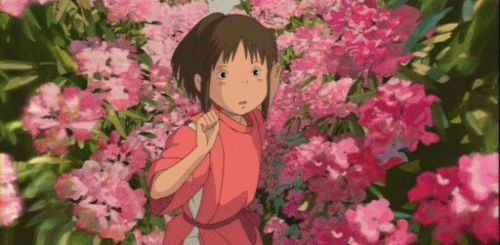
But looking deeper the static looking backgrounds characteristic to the animation of the time, belie some staggering choices later on. “Simpler” animation gives way to scenes of the flying battleship Goliath breaking though clouds, like a whale bursting from beneath the surface of the sea.
In the third act airborne race to Laputa itself, clouds become almost solid objects. Indicators of the tumultuous tides of air that protect the floating city.
Cloud Watching

Re-watching this I enjoyed so many smaller details in the art and story, that play off each other beautifully. The characters grow and change in the subtlest of ways as the story progresses. The more rounded character designs give way to more adult shapes. Pazu seems to grow taller, his legs longer as he starts to own his decisions and actions. Sheeta slips from her billowing childish dress, similar to Kiki’s from Kiki’s Delivery Service, into pirate garb that more clearly defines her maturity. It’s slightly disappointing that this subtle work is contradicted by the boneheaded Sky Pirate’s slightly lecherous reactions to her afterwards but thankfully Sheeta has the last laugh on them.
Beauty in Desolation
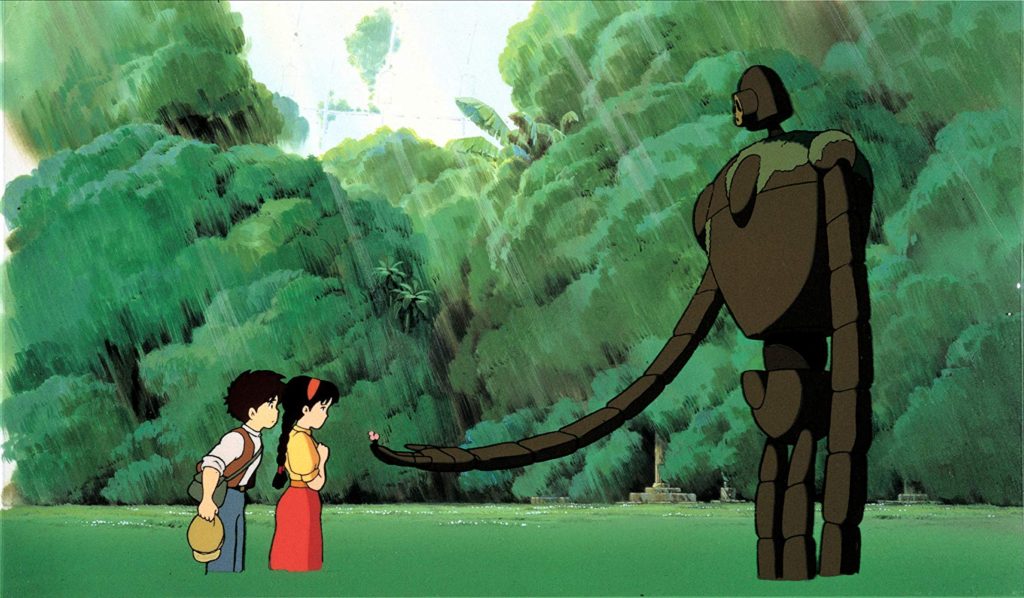
There are some absolutely amazing choices as the pair arrive on Laputa. It’s only after watching them explore for some time that you realise the soundtrack has disappeared almost completely. After filling the first two thirds of the film with an adventurous bombastic score, it’s utterly silent as Sheeta and Pazu explore the deserted island.
The film also gives plenty of hints at Studio Ghibli’s own growth too. The design of pirate mother Dola is reminiscent of Yubaba, the Bath house boss from Spirited Away and of Sophie from Howl’s Moving Castle. Miyazaki’s obsession with unencumbered flight runs from Nausicaa straight through Laputa, into Porco Rosso, and beyond, into The Wind Rises. Echoes of the design of the mournful Robots that tend to Laputa can also be found in the lopsided Kodama of Princess Mononoke.
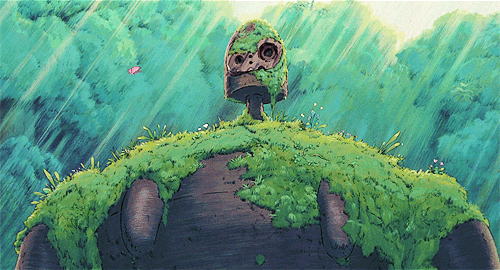
Laputa: Castle in the Sky also bears the profound… disappointment in humanity, and some of choices it makes, that reverberate through Ghibli’s, and Miyazaki’s work. There will always be men, choosing to use technology or people to further their own ends, no matter what the cost.
But there is always hope.
Despite the claims on the island made by unscrupulous men it’s ultimately the choices made by these two now young adults, Sheeta and Pazu, that determine its fate.
The villain of the piece even shoots off both of Sheeta’s pigtails right before they decide what to do. One final farewell to childhood. Sheeta and Pazu make the only choice they can. Laputa is too powerful for anyone to control.
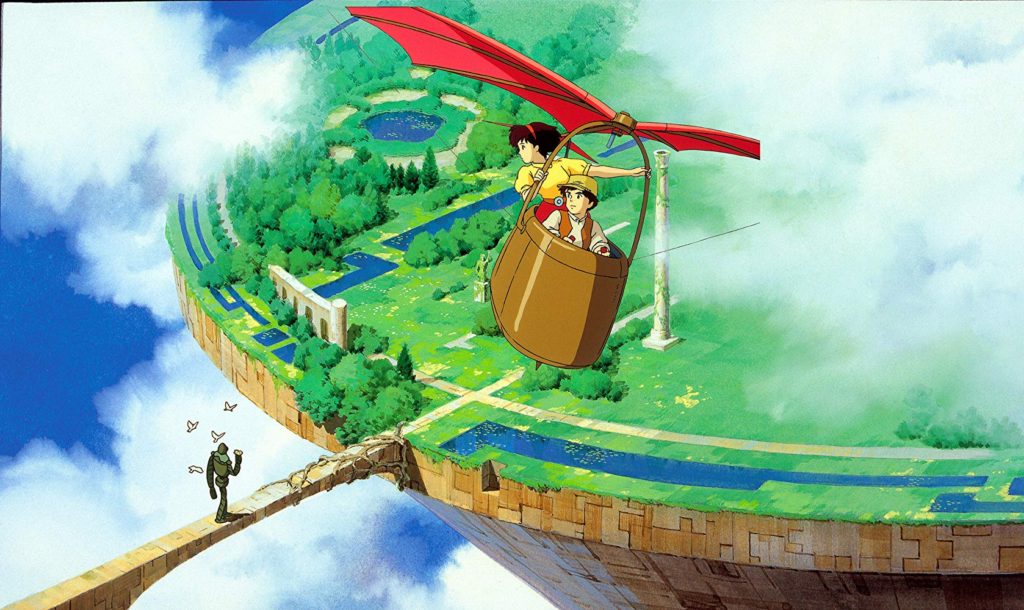
In the end, the beautifully designed, winged robots of Laputa, simultaneously welcoming and terrifying, are better sent far away from the grubbing hands of man. As Sheeta and Pazu sail into a new unknown together.
Can there be a better metaphor for growing up?
Castle in the Sky
Netflix
125 minutes
Director: Hayao Miyazaki
Writer: Hayao Miyazaki
Cast (Japanese): Keiko Yokozawa, Mayumi Tanaka, Minori Terada, Kotoe Hatsui, and Fujio Tokita
Cast (English): Anna Paquin,James Van Der Beek, Mark Hamill, Cloris Leachman, and Richard Dysart
Netflix are releasing Studio Ghibli’s films on the platform, outside the US, Canada, and Japan, in three batches:
- February 1, 2020: Castle in the Sky (1986), My Neighbor Totoro (1988), Kiki’s Delivery Service (1989), Only Yesterday (1991), Porco Rosso (1992), Ocean Waves (1993), Tales from Earthsea (2006)
- March 1, 2020: Nausicaä of the Valley of the Wind (1984), Princess Mononoke (1997), My Neighbors the Yamadas (1999), Spirited Away (2001), The Cat Returns (2002), Arrietty (2010), The Tale of The Princess Kaguya (2013)
- April 1, 2020: Pom Poko (1994), Whisper of the Heart (1995), Howl’s Moving Castle (2004), Ponyo on the Cliff by the Sea (2008), From Up on Poppy Hill (2011), The Wind Rises (2013), When Marnie Was There (2014)

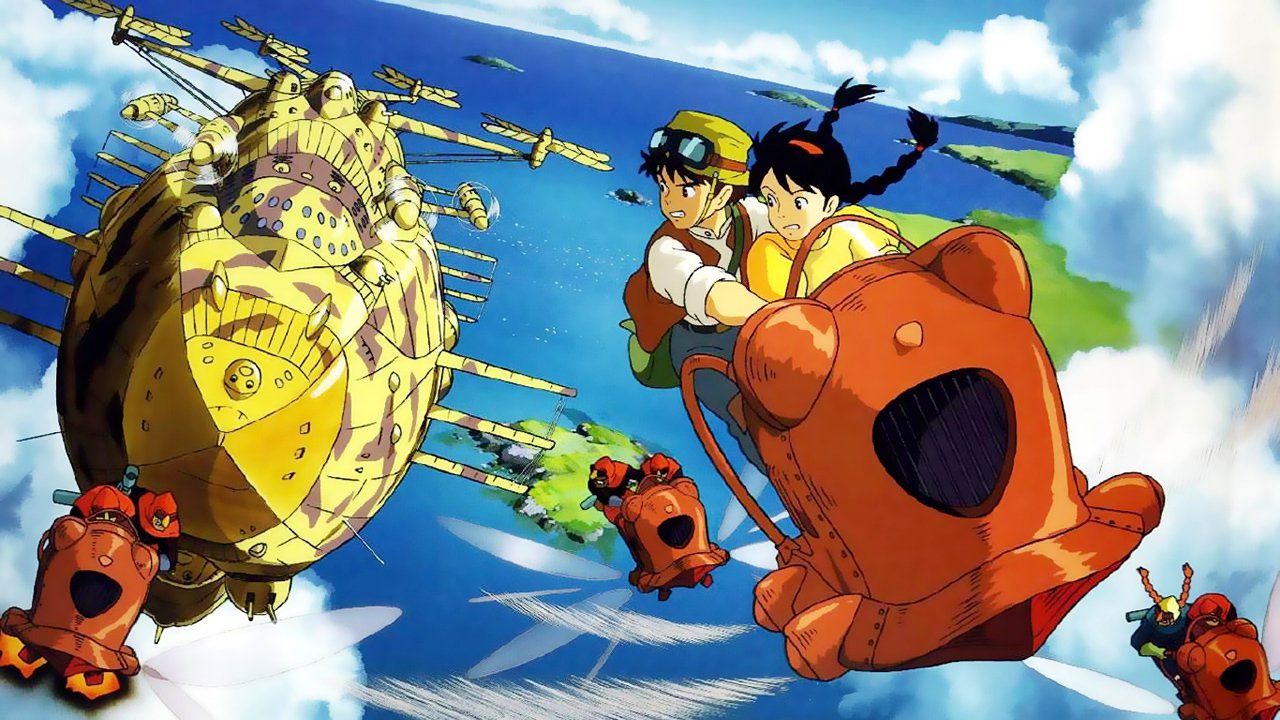


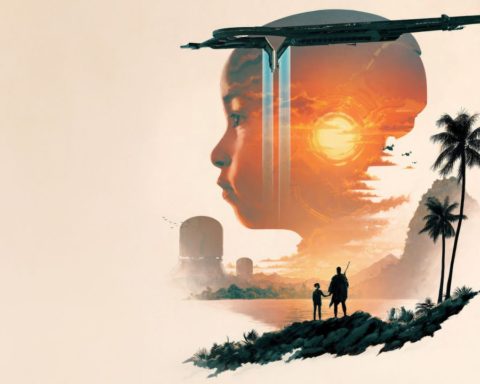
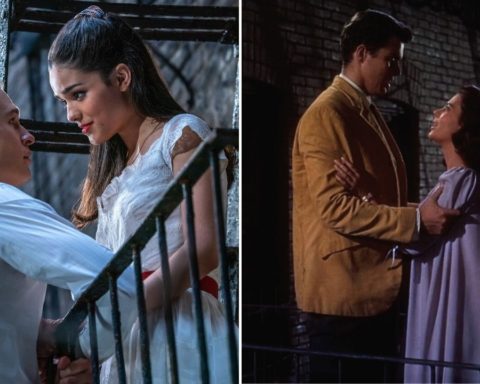
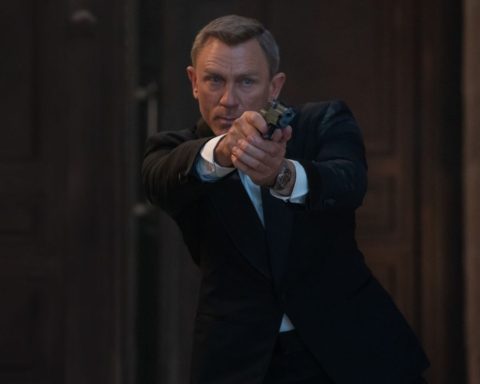
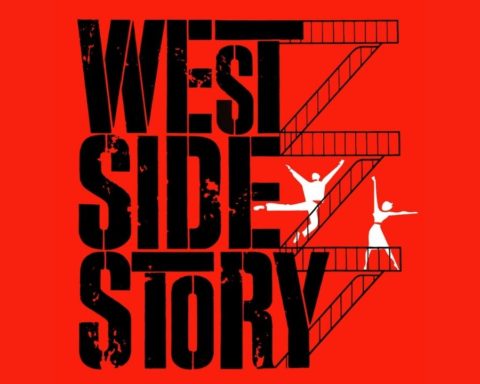
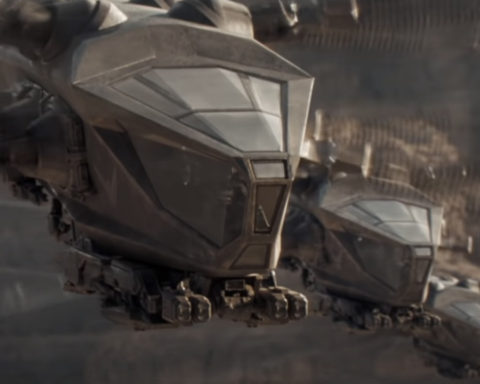
Follow Us